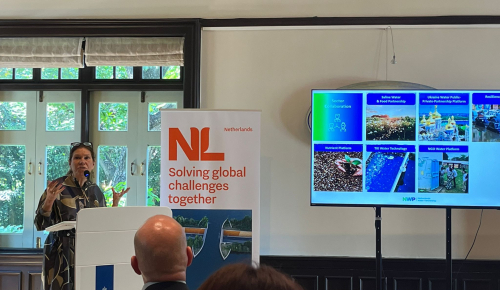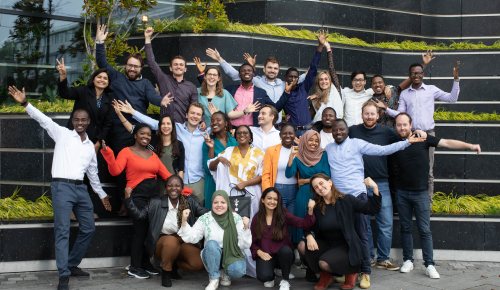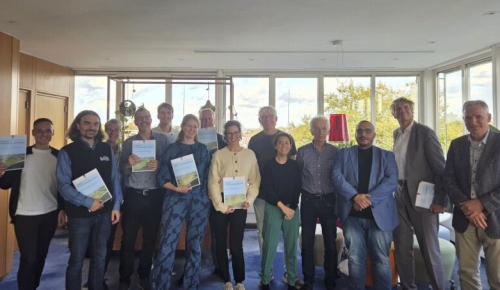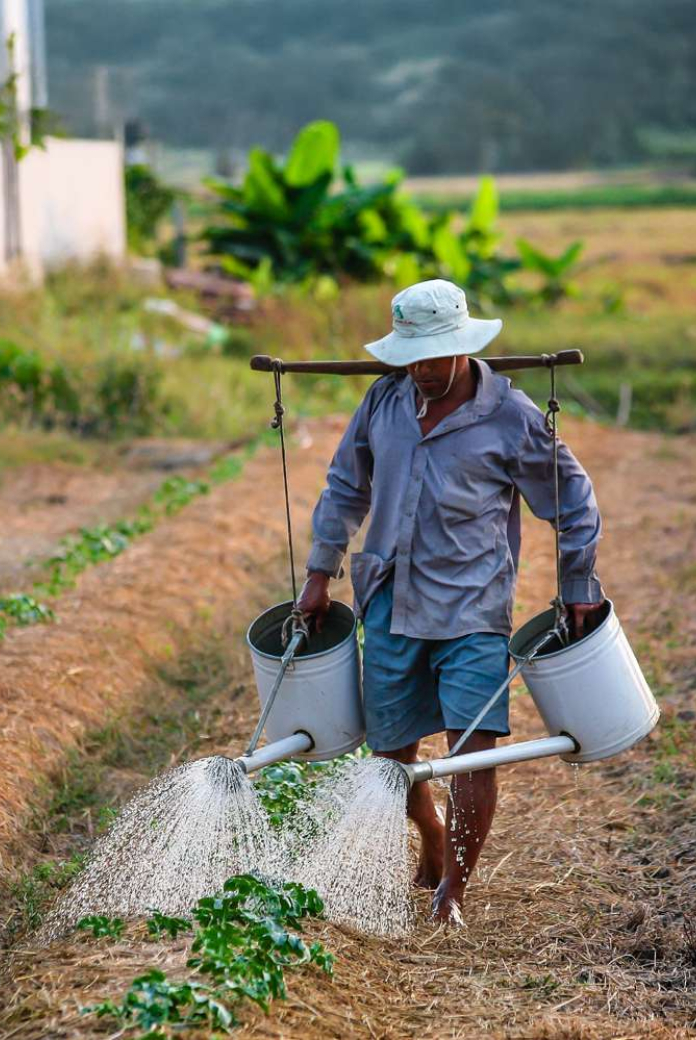News
1 February 2023Commemoration of 1953 flood underlines the need for collaboration on flood prevention
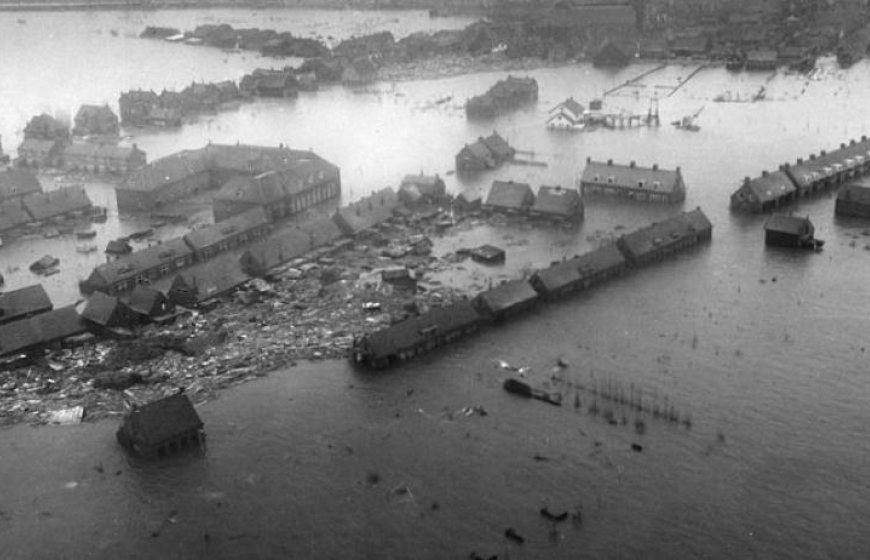
This week marks the 70th anniversary of the North Sea flood ('Watersnoodramp'), a big natural disaster that hit Belgium, Germany, Great Britain and the Netherlands. Large parts of the south-west of the Netherlands were flooded, over 1,800 people died and many more were forced to leave their homes and seek refuge elsewhere. It led to the adoption of the Delta Plan and to the Netherlands becoming a front-runner in flood prevention and integrated water resources management.
The Netherlands has a centuries-long tumultuous relationship with water. Twenty percent of the country is below sea level and 50 percent is less than one metre above it. As a densely populated country with three major rivers flowing through it to the North Sea, the country is very vulnerable to inundation. As such, we have lived with water for centuries and have acquired unique knowledge and experience in flood management.
Rising sea levels and extreme weather events are occurring more frequently than ever all over the world, often resulting in floods that cause enormous damage. How do we cope with floods and flood risk areas? NWP brings together Dutch and local organisations interested in collaborating on flood management in specific regions.
Watersnoodramp 1953
On the evening of Saturday 31 January 1953, a north westerly storm was blowing during the spring tide. The storm, with wind speeds of gale force 10, struck the Dutch coast. With the spring tide, the water level was already higher than normal. The combination of severe north westerly gales and the spring tide caused a spring flood. The sea level surged to exceptional heights, reaching a record height of 4.55 meters above average.
Many of the dykes were unable to withstand this level and at 04:00 in the early morning of 1 February 1953, the first dykes were breached. As the storm surge continued, dykes all over the provinces of Zeeland, Zuid-Holland and Noord-Brabant succumbed to the volume of water, breaching in more than 150 places. In a short time, over 150,000 hectares of land was covered by seawater. Roads were destroyed and telephone lines were down. In many regions, the only transportation possible was by boat. Cattle died in droves, and many homes and buildings were completely ruined.
Click here to watch animation of Watersnoodramp flooding from NWP Member Rijkswaterstaat.
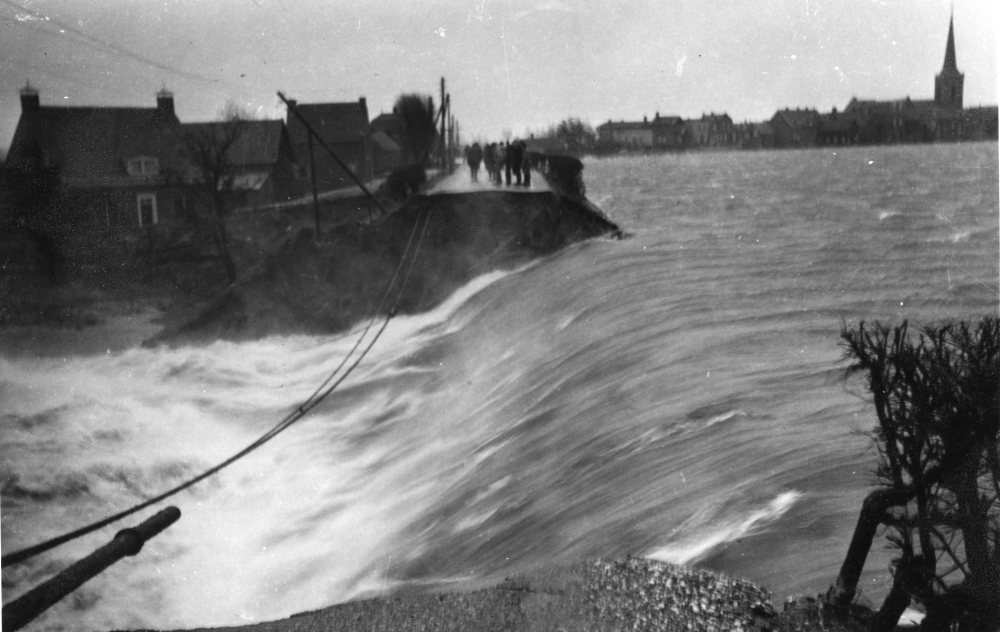
Disastrous consequences of the North Sea Flood
Many people were caught unprepared — in those days, there was no warning system to alert people. The flood took the lives of 1,836 people, 47,000 cattle and 140,000 poultry. More than 150,000 hectares of land was inundated, severely damaging infrastructure and farmland. The natural disaster destroyed 4,300 houses and other buildings and damaged 43,000 more.
Seventy-two thousand people were evacuated and were unable to return for a long period of time. Most of them eventually returned to their homes, but large numbers moved to other places in the Netherlands to start new lives. Farmers were especially hit hard as their land had become infertile after the flood.
The Netherlands was not the only country that suffered the devastating effects of the 1953 flood. Countries like Belgium, Germany and Great Britain were also hit. In Belgium, several dykes were breached, and large areas of Ostend and Antwerp were flooded. The British Environment Agency reported 300 deaths, and that about 24,000 houses were destroyed and 40,000 people evacuated.
Never again!
A disaster of this magnitude should never happen again and the Government accepted the ambitious Delta Plan in 1957. It was one of the most revolutionary engineering projects in the world. Stricter safety standards were adopted for primary flood barriers, and one of the most important tasks was to shorten the coastline by 700 kilometres, under the motto 'The shorter the coastline, the easier the defence'. The Eastern Scheldt Barrier and the Maeslant Barrier are shining examples of Dutch expertise on flood management. Money is still invested every year to further strengthen the flood defences.
This content can not be displayed.
Accept the marketing cookies to view this content.
Nature-based solutions
After river floods in the 1990s, our water management approach shifted from flood defence to building with nature. The Dutch water sector has come up with nature-based solutions in which water governance, stakeholder participation, flood prevention and coastal protection are key. Natural processes are often resilient and have proven to have advantages above civil engineering interventions. Successful Dutch examples include the Marker Wadden Restoration project and the Sand Motor. Another example is the Room for the River programme, started in 2007 by the Dutch Government. The main goal of this programme is to manage higher water levels in rivers by lowering the levels of flood plains, creating water buffers, relocating levees, increasing the depth of side channels, and constructing flood bypasses. The programme consists of over 30 projects that were completed at the end of 2018. It has proven to be a successful approach.
To this day, the Dutch continue to defend their country from water, anticipating short and long term solutions with an updated version of the Delta Plan, called Delta Programme. With current climate change and sea level rise, this is a matter of urgency, not just at a national but also at a global level.
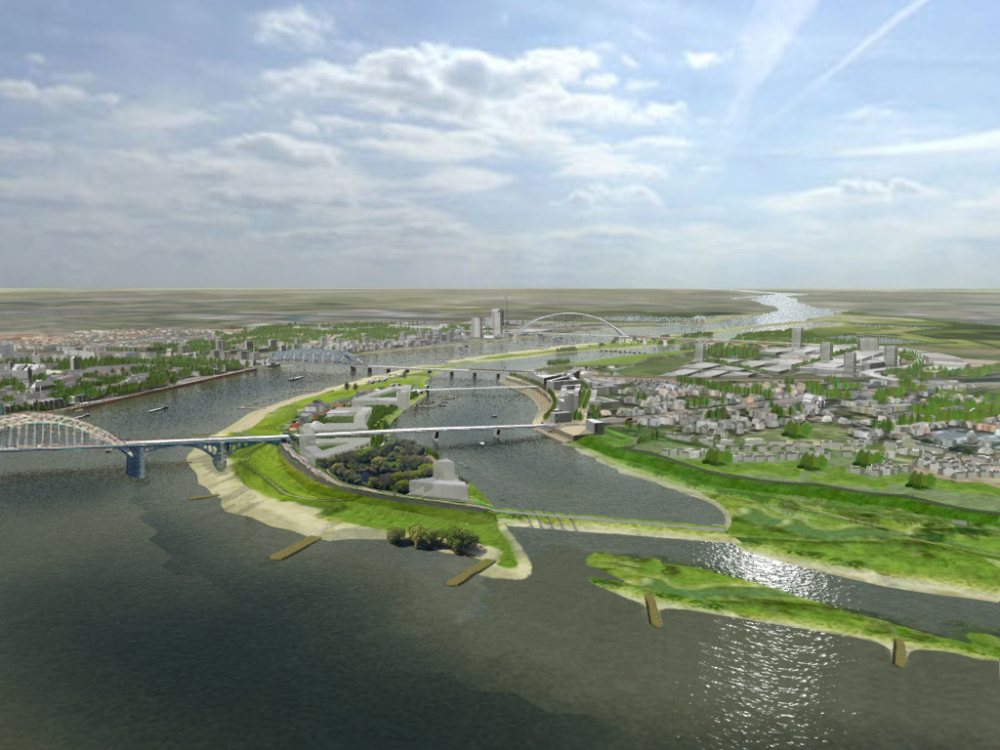
Dutch expertise for flood risk areas
There are other regions and countries in the world that struggle with high densely populated delta areas. The challenges these countries are facing are become more pressing in the face of climate change and increasing populations.
In the Netherlands, we believe that bringing together various stakeholders and looking at water challenges from different perspectives are essential to designing suitable solutions that fit local circumstances. Our water management is focused on prevention and an integrated approach. This holistic approach and stakeholder inclusion are crucial to solving global water issues. And the Dutch have been able to successfully apply these principles abroad.
Integrated Water Resources Management
A few key elements are inherent to this holistic approach that we call ‘Integrated Water Resources Management’ (IWRM). These include:
- water governance
- finance
- innovation
- long term vision above short term measures
NWP supports these IWRM principles wholeheartedly. Dutch expertise on this approach is unique and we actively seek international partners who wish to put this approach into practice with local entities, customising it to their situations.
Want to know more?
Learn more about the Netherlands’ Delta Approach at dutchwatersector.com. If you are looking for expertise on flood management, do not hesitate to contact us. We can arrange a study tour and introduce you to relevant organisations.

